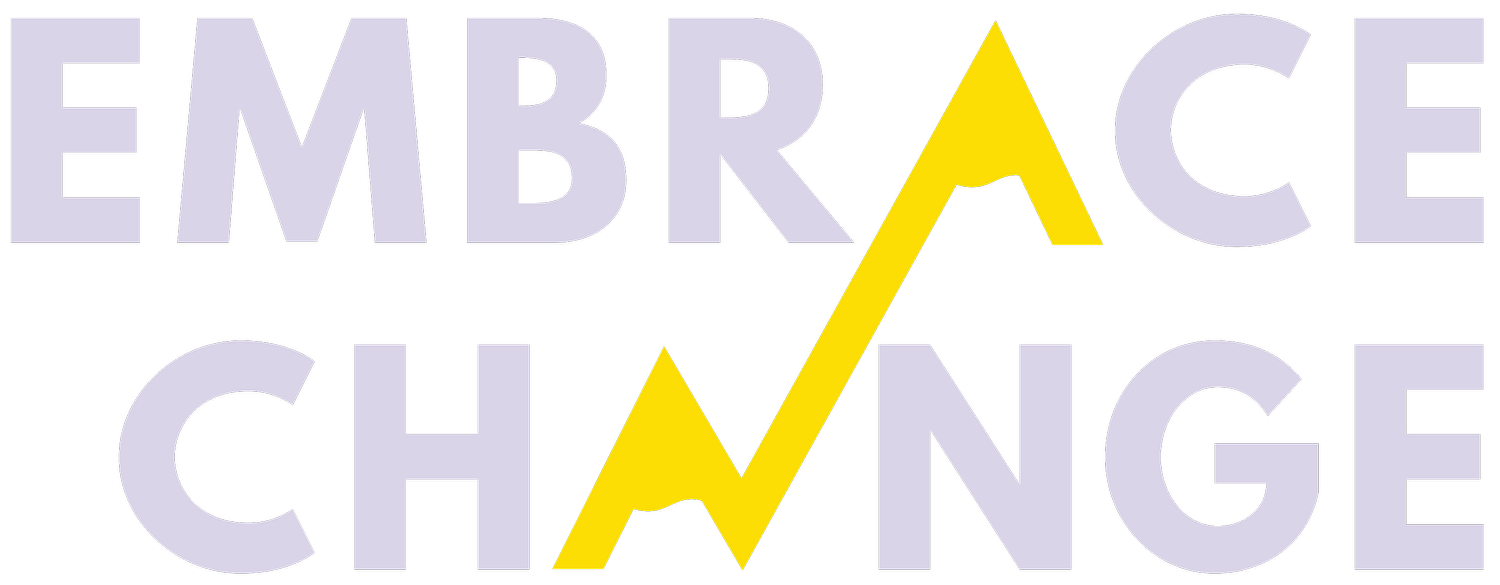Closing The Racial Leadership Gap For People Of Color
This article originally appeared on Forbes.com.
A striking paradox emerges from a recent Pew Research Center study on leadership: 65% of Black adults and 66% of Asian adults have taken on leadership roles in their youth—significantly more than the general adult population (55%) and men (59%). However, when we look at today’s C-suites, we see a glaring racial leadership gap.
The early leadership experience of many leaders of color does not translate into proportional executive representation. Research published by the Harvard Law School Forum on Corporate Governance analyzed 1,583 executives at the 100 largest S&P 500 companies. The findings reveal that in the transition from profit-and-loss leadership roles to CEO roles, the representation of Black, Latino, and Asian leaders drops steeply (by 50%, 44%, and 25%, respectively), while white leaders see a 10% increase.
This raises a critical question: If people of color are developing leadership capabilities early, why is there still such a persistent racial leadership gap when it comes to top corporate positions? While multiple factors contribute to this gap, a significant barrier lies in organizational systems that fail to convert early leadership experience into executive advancement.
Indeed, having coached hundreds of women of color leaders individually and thousands in group settings, I’ve observed how early leadership exposure, while crucial, is only one piece of the puzzle. The real challenge lies in how these experiences are recognized, interpreted, and valued in professional settings.
Here’s what organizations and leaders must understand if we are to close the racial leadership gap.
Why Early Leadership Experience Doesn’t Translate Into Executive Roles
Many professionals of color develop “leadership muscle memory” early—that intuitive understanding of how to command a room, delegate tasks, and navigate group dynamics. However, this same confident leadership style may be interpreted differently in corporate settings, where cultural and stereotype biases can impact how leadership behaviors are perceived and valued. This can cause leaders of color to suppress their leadership skills and confidence.
How Leadership Skills Get Lost In Translation
While early leadership can create “leadership confidence DNA”—the deep-seated belief that you belong in leadership positions—many professionals of color need to continually recalibrate how they express or exude this confidence in corporate environments. It’s not simply about learning to lead; it’s about learning to translate proven leadership abilities into formats recognized and valued by mainstream corporate culture. The ongoing need for adjustment can exhaust valuable mental and emotional resources that could otherwise be directed toward strategic leadership and innovation.
Three Action Steps To Close The Racial Leadership Gap
For Organizations: Create “leadership translation labs” where professionals of color can work with senior leaders to bridge the gap between their leadership acumen and corporate expectations while challenging those expectations to become more inclusive.
For Current Leaders: Recognize and validate diverse leadership styles. Are you continually asking emerging leaders to conform to traditional models, or are you also evolving and expanding your organization’s definition of effective leadership?
For Emerging Leaders: Leverage your early leadership experiences strategically. Document how these roles shaped your leadership style, persuasively frame the narrative around your proven abilities, and directly connect your leadership journey to organizational outcomes and success.
While these action steps are crucial, we must remember that the biggest challenge in closing the racial leadership gap for leaders of color isn’t building individual leadership capability—that foundation already exists at comparable levels to men and all adults. The focus must be on creating workplace cultures and systems that acknowledge, respect, and leverage the leadership acumen people of color already have. This is how we catalyze a new era of corporate leadership and drive success in an increasingly complex global marketplace.


